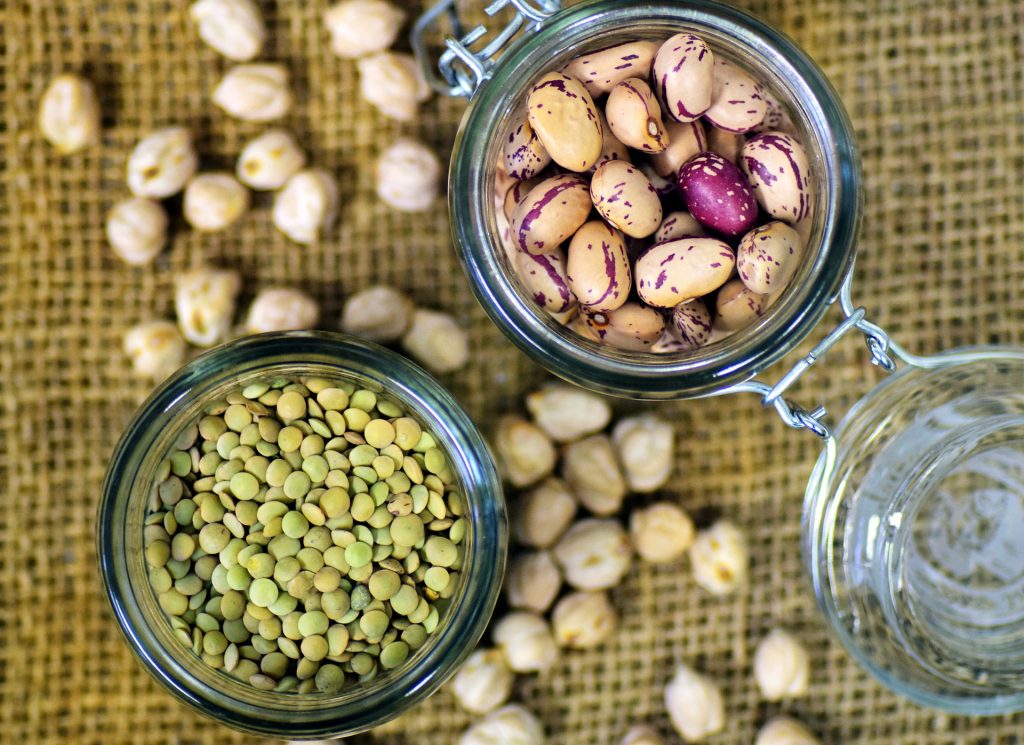 Protein has been shown to posses weight loss properties. A higher intake of protein may decrease body weight because it has beneficial glycaemic effects and may increase metabolic rate directly through increased oxidation of fuel and indirectly through increased growth of skeletal muscle. Protein quantity is therefore important to human health. However, protein quality is also very important. Generally the quality of a protein is judged through its content of essential amino acids. Humans require a number of amino acids in their diet for optimal health, as they cannot be manufactured endogenously. For a protein to be of high quality it must supply all the required essential amino acids in the correct ratios. However, controversy exists in this issue because the essential amino acids required varies temporally through a person’s life. For example, tyrosine becomes an essential amino acid under conditions of low phenylalanine intake. Histidine may also be essential in a growing infant, but not in an adult.
Protein has been shown to posses weight loss properties. A higher intake of protein may decrease body weight because it has beneficial glycaemic effects and may increase metabolic rate directly through increased oxidation of fuel and indirectly through increased growth of skeletal muscle. Protein quantity is therefore important to human health. However, protein quality is also very important. Generally the quality of a protein is judged through its content of essential amino acids. Humans require a number of amino acids in their diet for optimal health, as they cannot be manufactured endogenously. For a protein to be of high quality it must supply all the required essential amino acids in the correct ratios. However, controversy exists in this issue because the essential amino acids required varies temporally through a person’s life. For example, tyrosine becomes an essential amino acid under conditions of low phenylalanine intake. Histidine may also be essential in a growing infant, but not in an adult.

Plant foods contain protein, but the protein quality is considered inferior to animal protein. Only soy protein contains protein that is considered close to the quality of animal protein. The reason for this is that although the total amount of protein in certain plant foods is often reasonably high, the levels of all the essential amino acids are not present in the correct ratios for support optimal human growth and development. Legumes for example are generally deficient in methionine and cereal grains are generally deficient in lysine. Therefore using either of these foods as a sole source of protein will cause an essential amino acid deficiency to develop. However, the protein quality of vegetables can be increased by combining the foods. Combining beans with bread, as may be consumed with beans on toast, combines the two amino acid profiles of legumes and cereal grains and supplies all the essential amino acids for human growth. Another problem with plant proteins is that often all of the amino acids are not fully absorbed, and this relates to the indigestible nature of the plant cell walls, that can decrease nutrient absorption significantly.
Another problem with assessing the quality of proteins is that the essential amino acids may not be as readily digested and absorbed from some protein sources compared to others. Differences exist for example between plant and animal sources of protein, and this relates to the structural components containing the proteins in different foods. The protein digestibility corrected amino acid score (PDCAAS) is a score given to proteins based on the amount of the essential amino acid that are absorbed to circulation from particular sources. This method of assessing protein quality was adopted in 1991 by the World Health Organisation as the main method of assessing protein quality and is still used currently. However in 2011, a protein quality expert consultation concluded that the PDCAAS was inferior to the newer digestible indispensable amino acid score (DIAAS) method of assessing protein quality. The PDCAAS is still in use but it may be that the method of assessing protein quality will change to DIAAS in the near future. Watch this space.
Eat Well, Stay Healthy, Protect Yourself
RdB
